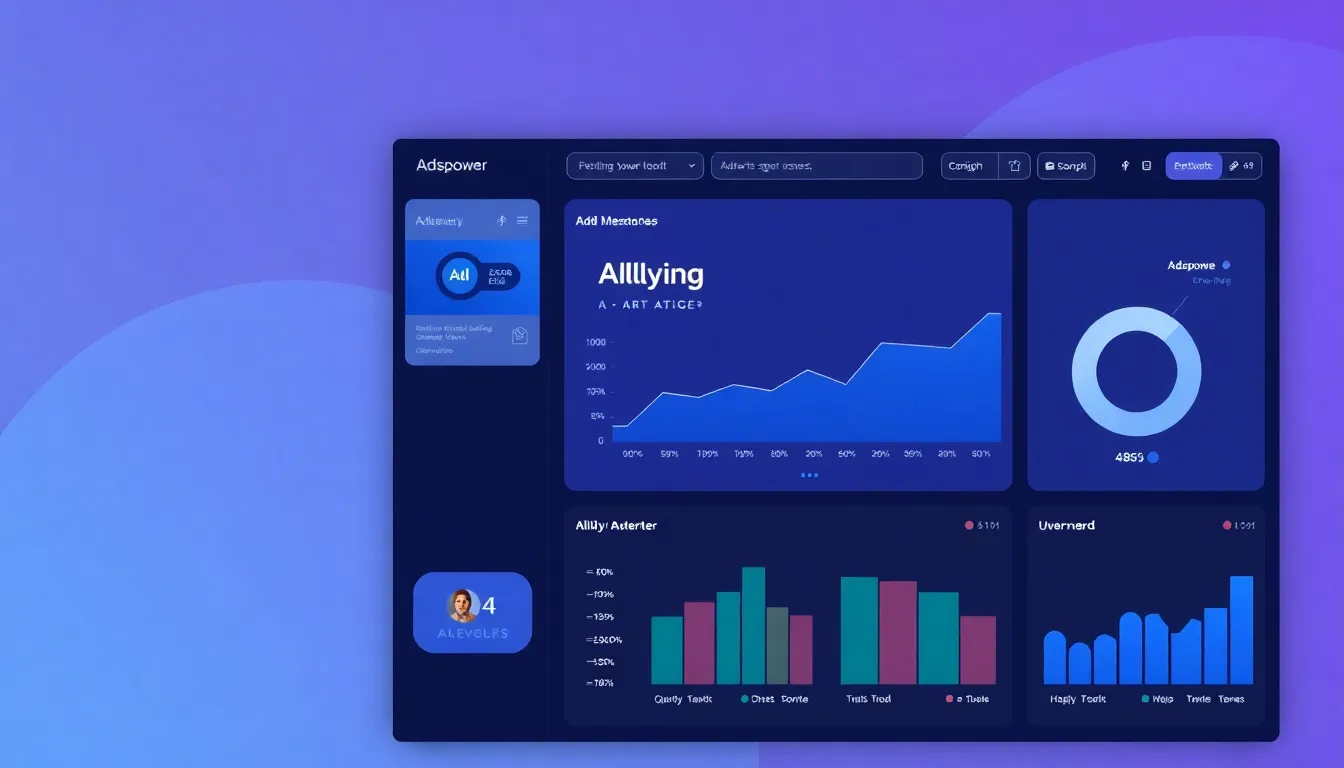In today’s fast-paced work environments, ensuring employee safety is more critical than ever. One of the most effective tools organizations are adopting is Real-time safety alerts. These alerts enable immediate responses to hazardous conditions, significantly reducing workplace risks. This article explores how real-time safety alerts function, their benefits, and why integrating them into your safety protocols is essential for a safer workplace.
Understanding Real-Time Safety Alerts
Real-time safety alerts are instant notifications triggered by the detection of potential safety hazards within a workplace. These alerts are usually delivered via digital platforms, mobile devices, or safety management systems, enabling workers and supervisors to take immediate action.
What Constitutes a Real-Time Safety Alert?
A real-time safety alert is typically generated through sensors, monitoring systems, or employee reporting tools that track environmental factors such as temperature, gas leaks, machinery malfunctions, or unsafe behavior. Once an anomaly is detected, the system sends a notification instantly to relevant personnel.
Technologies Behind Real-Time Safety Alerts
Modern real-time safety alerts leverage IoT devices, AI-powered monitoring, and integrated communication tools. Wearable tech, environmental sensors, and cloud-based dashboards all play crucial roles in creating an interconnected safety ecosystem.
Benefits of Real-Time Safety Alerts in the Workplace
Implementing real-time safety alerts brings multiple advantages that directly impact the overall safety culture and operational efficiency of an organization.
Immediate Hazard Identification and Response
The primary benefit of real-time safety alerts is the swift identification and communication of hazards. This immediacy allows employees to avoid dangerous situations, preventing accidents before they occur.
Reduction in Workplace Injuries
By alerting personnel to risks promptly, organizations can reduce the frequency and severity of workplace injuries. This proactive approach minimizes downtime, medical costs, and liability concerns.
Enhanced Compliance with Safety Regulations
Regulatory bodies increasingly expect organizations to adopt modern safety technologies. Real-time safety alerts support compliance by providing documented evidence of hazard detection and response measures.
Improved Employee Awareness and Engagement
Real-time alerts keep safety at the forefront of employees’ minds, fostering a culture where everyone is actively involved in maintaining a safe work environment.
How Real-Time Safety Alerts Work in Different Industries
The application of real-time safety alerts varies across sectors but maintains the core function of preventing workplace risks.
Manufacturing and Industrial Settings
In manufacturing, real-time safety alerts can detect equipment malfunctions, overheating, or hazardous chemical leaks. Alerts prompt workers to evacuate or shut down machinery before accidents escalate.
Construction Sites
Construction sites are prone to falls, heavy machinery incidents, and environmental hazards. Real-time safety alerts can notify workers of unstable scaffolding, proximity to heavy equipment, or sudden weather changes.
Healthcare Environments
In healthcare, real-time safety alerts help monitor patient safety and staff exposure to harmful substances or infectious diseases, enhancing overall workplace safety standards.
Best Practices for Implementing Real-Time Safety Alerts
To maximize the effectiveness of real-time safety alerts, organizations must follow strategic implementation practices.
Conduct a Comprehensive Risk Assessment
Identify the most critical risks within your workplace and tailor your real-time safety alert system to detect these specific hazards.
Integrate with Existing Safety Systems
Ensure that real-time safety alerts work seamlessly with your current safety protocols and emergency response plans for a cohesive approach.
Train Employees Thoroughly
Educate staff on recognizing, responding to, and reporting real-time safety alerts to ensure quick and effective action.
Regularly Review and Update Systems
Continuously monitor the performance of your real-time safety alert systems and update technologies to address emerging risks.
Overcoming Challenges in Real-Time Safety Alert Adoption
Despite the clear benefits, some organizations face obstacles when adopting real-time safety alerts.
Initial Investment Costs
The cost of installing sensors and communication platforms can be significant, but these expenses are often outweighed by the reduction in accident-related costs.
Technological Complexity
Integrating advanced alert systems may require specialized knowledge, making it important to collaborate with experienced vendors and safety experts.
Alert Fatigue
Too many notifications can overwhelm employees, leading to ignored alerts. Careful calibration of alert thresholds and prioritization is essential to maintain effectiveness.
Future Trends in Real-Time Safety Alerts
The future of workplace safety is closely tied to the evolution of real-time safety alerts, with emerging trends enhancing their capabilities.
Artificial Intelligence and Predictive Analytics
AI-driven systems will not only alert employees to existing dangers but also predict potential risks based on data patterns.
Enhanced Wearable Technologies
Next-generation wearables will monitor health vitals and environmental factors simultaneously, offering comprehensive real-time safety alerts.
Integration with Augmented Reality (AR)
AR can provide workers with visual real-time safety alerts superimposed on their field of vision, improving situational awareness.
Conclusion
Real-time safety alerts represent a transformative approach to workplace risk management. By delivering immediate hazard notifications, these systems empower employees and managers to act swiftly, reducing accidents and promoting a culture of safety. Businesses that invest in real-time safety alerts not only protect their workforce but also enhance operational efficiency and compliance with regulations. As technology advances, embracing real-time safety alerts will become indispensable in creating safer, more responsive workplaces. For organizations serious about reducing risks, integrating real-time safety alerts is no longer optional—it’s a vital component of modern workplace safety strategy.



